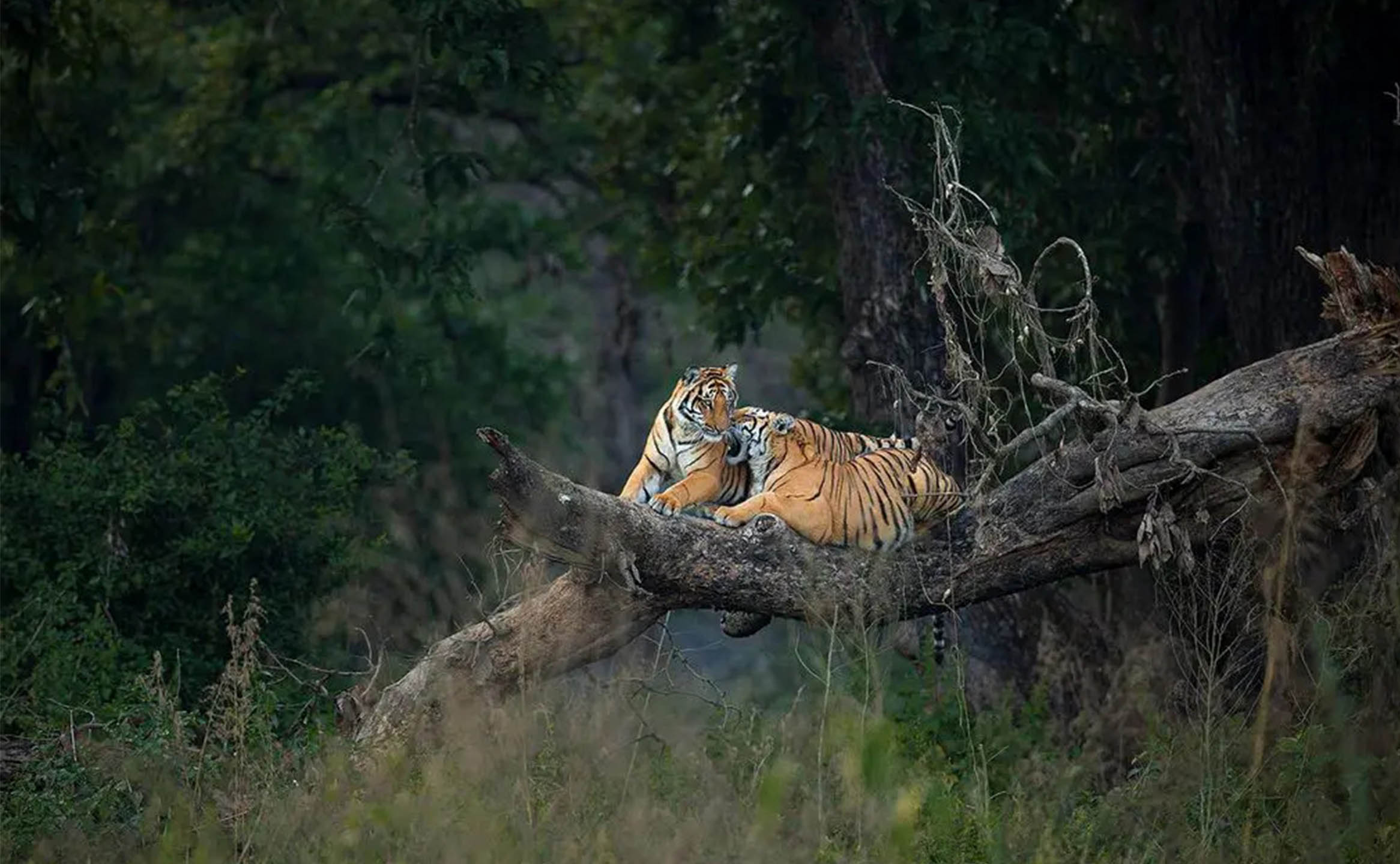
Why Choose Pench National Park?
Pench National Park, with its picturesque landscapes and abundant wildlife, provides nature enthusiasts and wildlife lovers with an unparalleled experience. Spanning over 750 square kilometers, the park is part of the larger Pench Tiger Reserve, which includes the Pench Sanctuary in Maharashtra. Here are some compelling reasons to choose Pench National Park for your next safari adventure:
Tiger Sightings: Pench is famous for its tiger population, offering visitors a chance to catch a glimpse of these majestic creatures in their natural habitat.
Diverse Flora and Fauna: Apart from tigers, Pench is home to a variety of wildlife, including leopards, sloth bears, Indian gaur, wild dogs, and over 170 species of birds.
Scenic Landscapes: The park's lush forests, meandering rivers, and open grasslands provide a stunning backdrop for wildlife viewing and photography.
Online Pench Safari Booking:
Booking a safari in Pench National Park has never been easier, thanks to online reservation systems. Here's how you can book your safari online:
Visit the Official Website: Start by visiting the official website of Pench National Park or authorized booking portals.
Select Your Safari Package: Choose from a range of safari options, including jeep safaris, elephant safaris, and walking safaris. Select the package that best suits your preferences and schedule.
Check Availability: Check the availability of safari slots for your preferred dates. It's advisable to book well in advance, especially during peak seasons, to secure your spot.
Make Payment: Once you've selected your safari package and confirmed availability, proceed to make the payment online through secure payment gateways.
Receive Confirmation: After successful payment, you'll receive a booking confirmation via email or SMS, along with detailed instructions for your safari.
Tips for a Memorable Safari Experience:
To make the most of your visit to Pench National Park, here are some tips to keep in mind:
Plan Ahead: Plan your safari well in advance to avoid last-minute disappointments.
Follow Guidelines: Adhere to the park rules and guidelines for a safe and responsible safari experience.
Respect Wildlife: Maintain a safe distance from wildlife and avoid disturbing their natural behavior.
Carry Essentials: Carry essentials such as sunscreen, hats, insect repellent, and drinking water for a comfortable safari.
Embark on an unforgettable journey into the heart of nature with Pench National Park. Book your safari online today and get ready for an adventure of a lifetime!